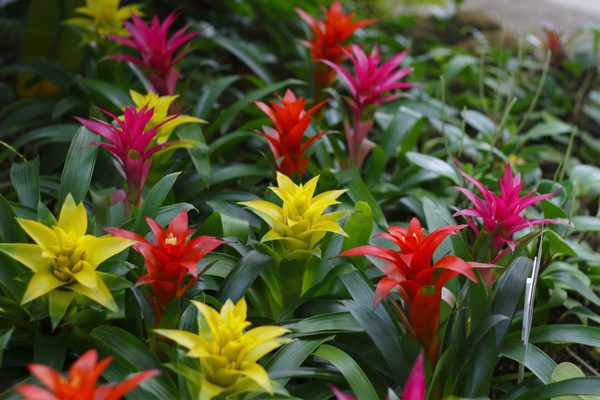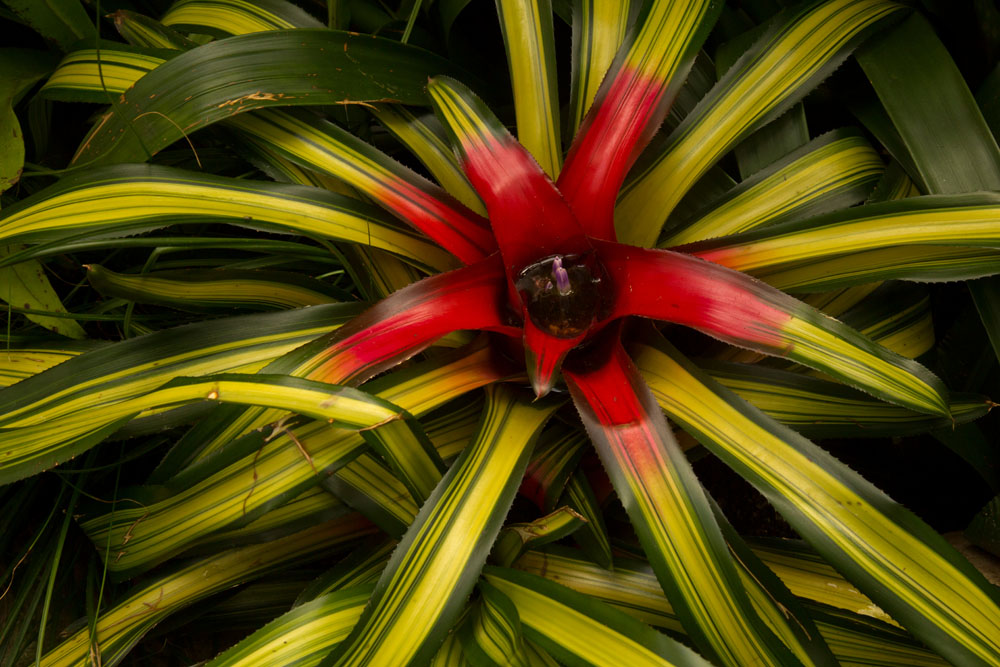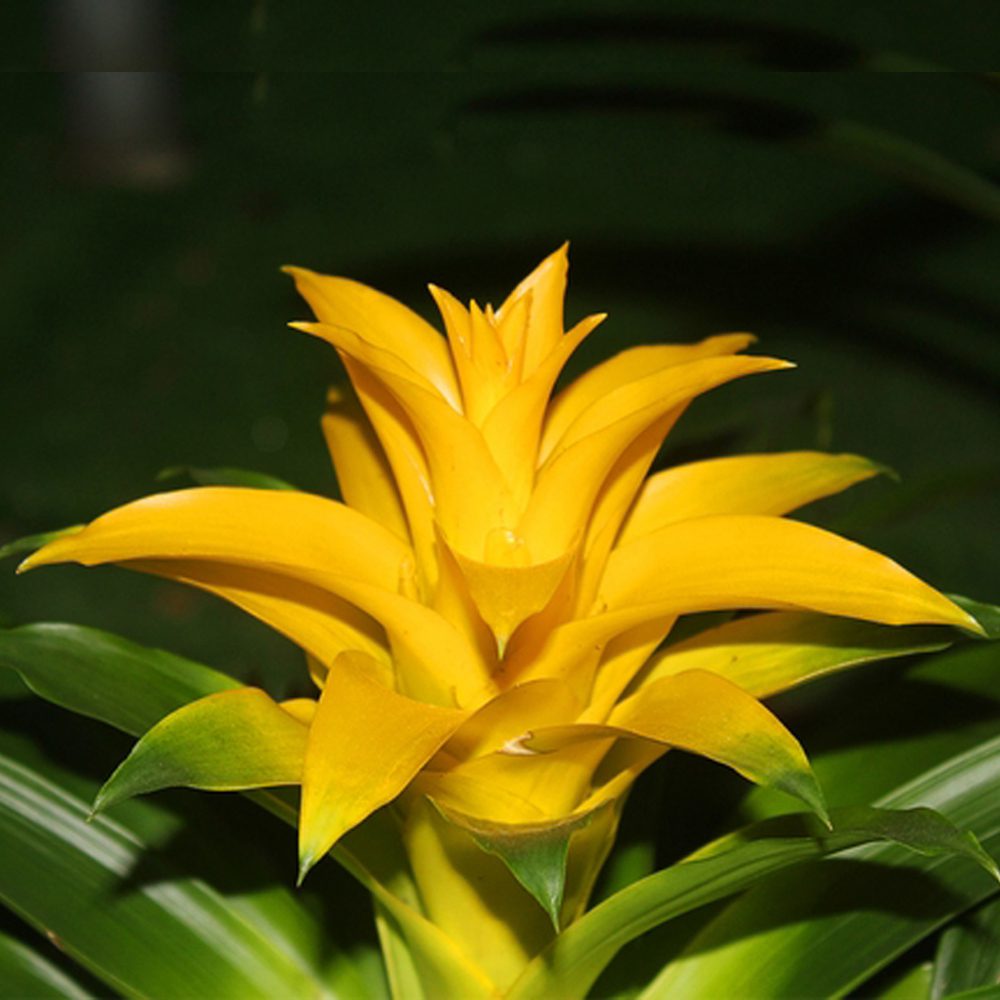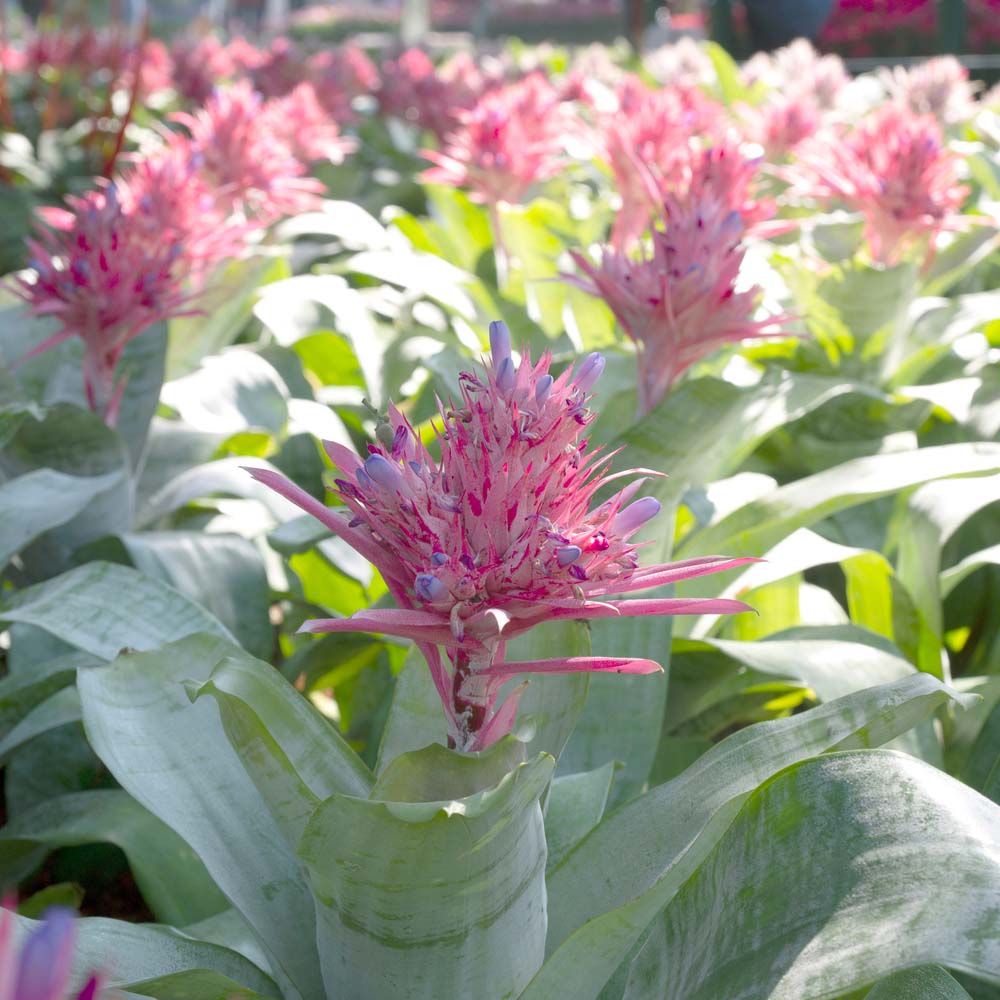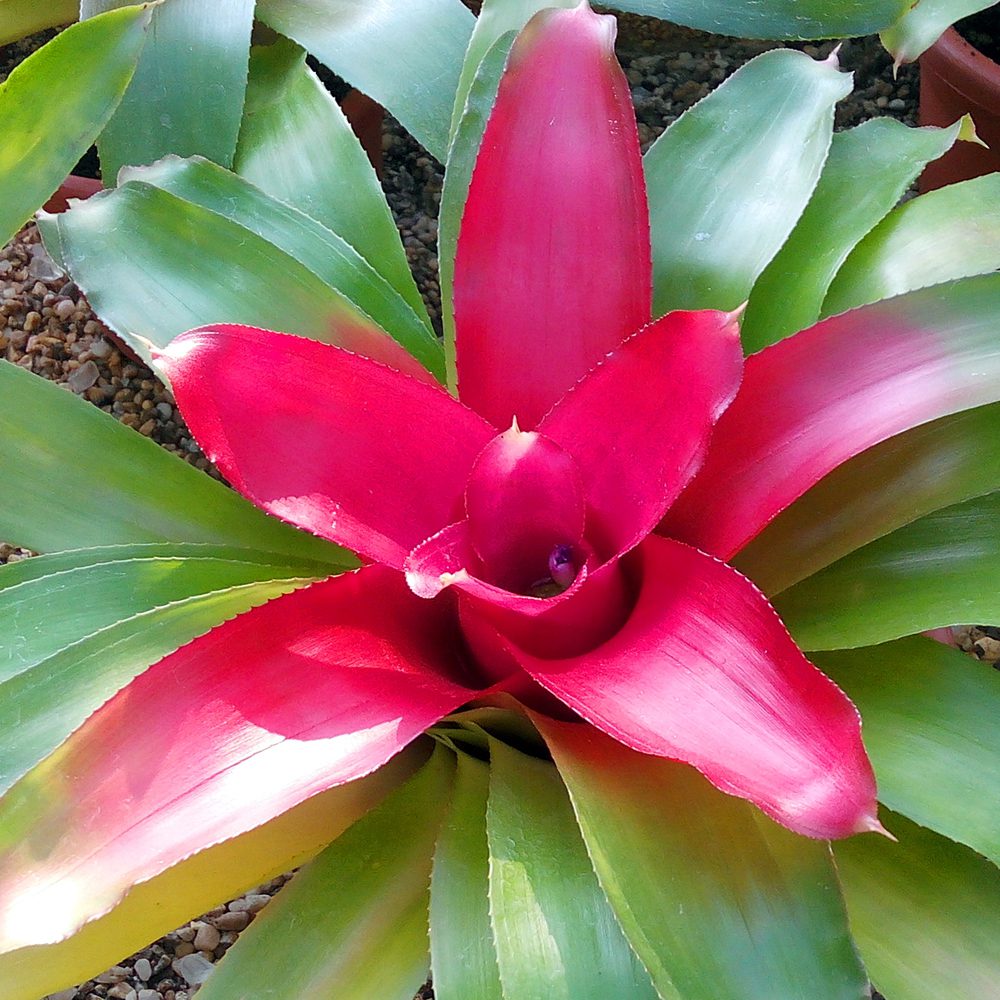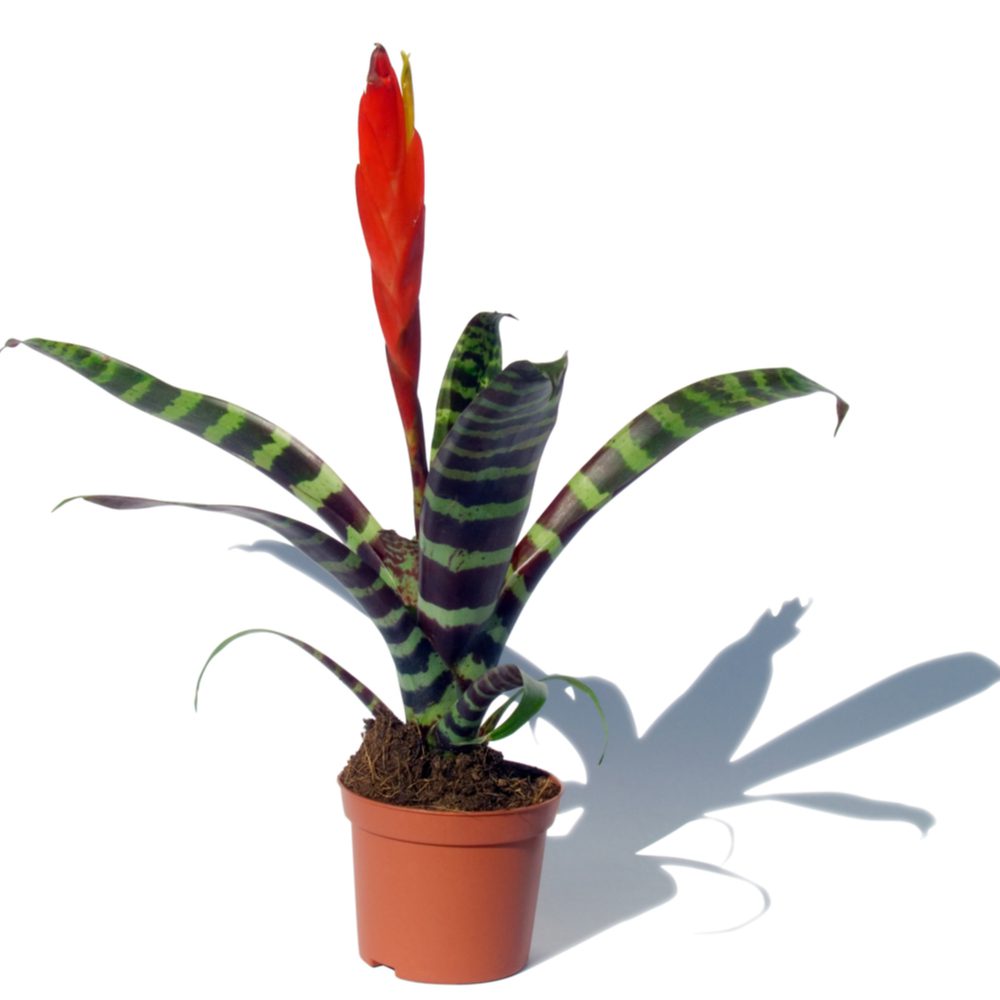Description
Receive a new variety/color of bromeliad every 5 weeks for $27.49 per changeout includes delivery plus tax – restrictions may apply –
Bromeliads 101: A Guide to Growing and Maintaining Bromeliads Indoors
The stunning family of tropical and subtropical plants known as bromeliads has either colorful leaves, lovely blooms, or both. Bromeliads are easy to grow and come in a variety of sizes, styles, and colors, so once you have one, you’ll probably want more. Their primary needs are a good amount of light, regular watering, and excellent air circulation. They are very simple to cultivate. Bromeliads grow in east, west, or south windows with plenty of daylight indoors. These plants often require semi-shaded outdoor areas that get early sun but protection from the glaring midday and afternoon sun.
Bromeliads are excellent low-maintenance indoor plants since they don’t need a lot of sunlight and just require weekly watering when maintained indoors. Bromeliads prefer humid environments, so make sure to keep them away from air conditioning and chilly drafts while misting them with a spray bottle every few days.
How to Plant Bromeliads in Containers
- Look for a container with many drainage holes that is no bigger than one-third the size of the root ball of the bromeliad you want to plant.
- For healthy bromeliads, well-drained soil is essential, so fill the pot with Potting Mix, which is made specifically for low-water plants.
- Placing your bromeliad will allow the top of the root ball to be between 3/4 and 1 inch below the container rim (to leave space for watering).
- More potting mix should be added to the area around the root ball.
- Set the pot on a catch tray or saucer, water your new plant in the cup formed by its leaves, and transport it to its new location.
- Bromeliads are often cultivated as single plants since their root systems aren’t very extensive. Repotting is not frequently necessary. Choose the appropriate container size when the time comes.
- Fir bark and coconut shells can be used to pot epiphytic bromeliads.
- Bromeliads are not the only active-growing plants that might occasionally benefit from a fertilizer treatment.
Bromeliad Growing Requirements
· Light Requirements
Direct sunlight is not preferred by the majority of bromeliads; indirect light is. Containers work well in indoor spaces that are light for most of the day.
· Water and Humidity
Water is also important, but indoor gardeners sometimes overwater their plants by providing too much water and making their potting soil soggy. Light irrigation and humidity are preferable to damp roots. It is advisable to only supply water when the substrate seems dry to the touch.
· Temperature
For the best results, indoor temperatures should preferably be kept between around 70 and 80°F during the day and 55 to 65°F during the evening. The photosynthetic mechanism of these plants depends on cool nights. It might be essential to move your indoor garden plants to a warmer location if the area where they are growing ever falls below these temperatures. Although certain bromeliad species can tolerate temperatures as low as 30°F, it’s advisable to take no chances. Simply getting by is different from thriving.
How to Handle a Blooming Bromeliad
Many bromeliads won’t blossom, but if one does, you’ll need to remove the flowering stalk when it fades by cutting down as near to the plant as you can. Here are some drawbacks to blooming: After a bromeliad has blossomed, the mother plant will start to deteriorate gradually. But she will first give birth to pups. You may either divide them up or leave them in the container to take the role of the mother. To achieve it, gently separate the pups and put each one in a tiny container. Water lightly, then relax and get to know your new bromeliad family!

